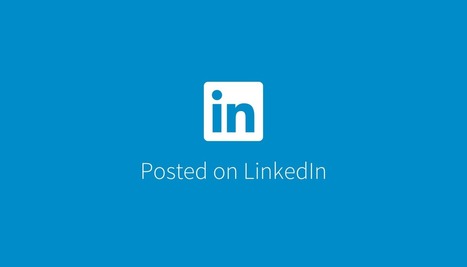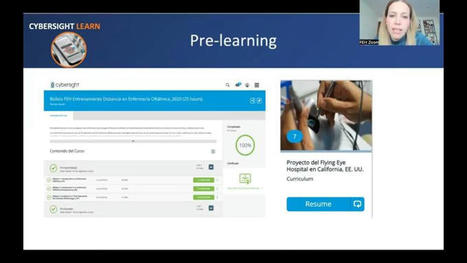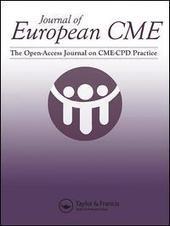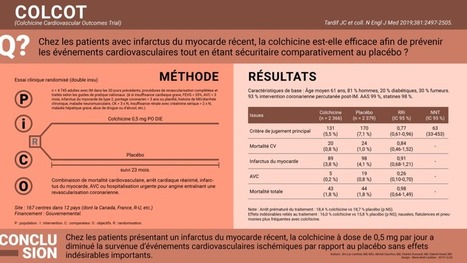13ECF20 13th European CME Forum 2020.
European and Global CME : What next ?
A virtual meeting
From CME to CPD… From face to face to virtual
It was my second CME Forum after Amsterdam in 2016.
Remaining Memories were, apart a nice meeting in a nice place in a nice city, near the railway station, the impression of direct or indirect involvement of many drug companies in CME.
Congresses are and will be different now. Virtuality does not allow to evaluate the audience although a poll indicated that it comprised either Providers, Accreditors and Educators, I was the only « Learner ».
CME was before the major term in use.
Now CPD is becoming more significant. It includes other types of learning, more and more informal as well as
Workplaced based,
Microlearning,
Point of Care learning…
Active learning versus (part time) passive learning as it occured during classical medical meetings
CPD concerns also many other health professionals. Individually or in multidisciplinary, multiprofessional contexts or in team-based education.
Involvement of patients in CPD individually or through associations is developping everywhere.
Positive consequences of going virtual
A recent international virtual meeting attracted many more women (more than 50%) than previous live events, as well as more people from developing countries…
Challenges and opportunities were largely discussed :
Some speakers are obviously concerned by the changes and possible disparition of the model of the money-making huge congress.
Others have already imagined many alternatives (platforms, virtual meetings with or without avatars, social media…).
Of course, faculties will have to modify their way of presenting. I was shocked by the way they are only considered as manpower of providers. Do medical educators deserve it, due to sometimes previous attitudes in traditional medical congresses ?
Outcomes and Assessment remain a major challenge. Not only quantifying presence at a live meeting, but evaluating teaching and learning efficacy,...but accreditation and administration of credits should also change.
Competences (able to) versus capabilities (manage, provide) might be the approach.
Engaging the learner is also a challenge, but will he have enough free time to invest himself into active learning ?
In the session moderated by Lawrence Sherman, "From teacher to learner" model (Trevor Gibbs) might be the future.
Positive points of the meeting
Rather good Interactivity according to the organizators’ choice of tools, but sometimes not enough time to participate through chat.
Negative points of the meeting
Only posters accepted, two presented orally.
Not as Global as I thought it will be … not much discussion on Asia, Africa
Absence of Medical Faculty and University participants or so few in speakers and attendees
Information on participants (e-mails, social networks) only available on posters
and
Virtual meeting are tiring,
of course, no travel to a nice location…
Glossary of new terms (a reference with a glossary inside to come)
Acronyms
IME independant medical education
IPCE interprofessional…
gCMEp good practices
LLH ? Life long health, hours ?
LLL Life long learning
Future attendance?
Next one ? CME Forum Barcelona 3-5/11/2021
UEMS Seville March 21???
AMEE ?? Glasgow Scotland

 Your new post is loading...
Your new post is loading...
 Your new post is loading...
Your new post is loading...


















Alignment with learning preferences: As millennials now represent the largest segment of healthcare professionals, social media delivers the interactive, technology-driven experience they seek.
2️⃣ Accessibility without barriers: Social media platforms eliminate geographical and financial obstacles that prevent many practitioners from accessing quality CME—particularly crucial for those in rural or underserved areas.
3️⃣ Real-time knowledge application: Platforms like Twitter/X and TikTok enable immediate feedback through polls, knowledge checks, and peer discussion, reinforcing learning in ways traditional formats cannot match.
4️⃣ Microlearning opportunities: Today's busy clinicians benefit from shorter, focused learning segments that can be consumed between patients or during brief breaks—exactly what social media platforms excel at delivering.
5️⃣ Community building: Beyond content delivery, social media hashtag#CME creates communities of practice where professionals can discuss cases, share insights, and collectively improve patient care long after formal education ends.